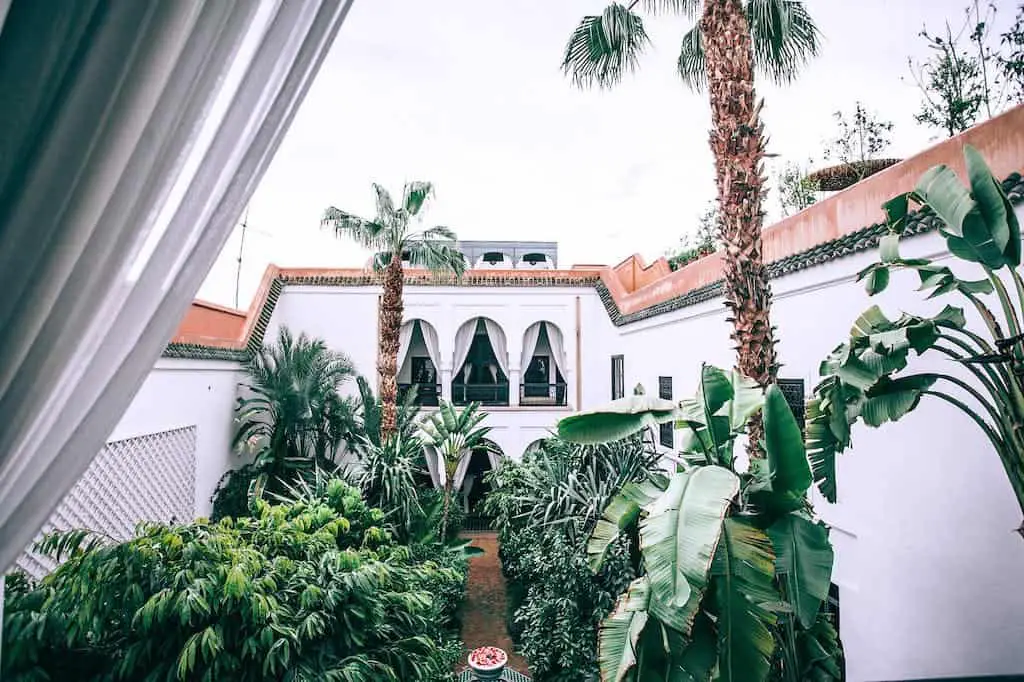Making Your Garden Look Perennially Beautiful
Flowers, shrubs, and deciduous trees are lovely as they fill your yard with blooms and colorful leaves throughout the spring, summer, and fall of the year. But, come late fall, when all of the flowers are dying back, and the trees are losing their leaves, there is one star of the landscape that is too often overlooked.
The evergreen plant. If you are looking to add balance and year-round interest to your yard, you need to start adding evergreens to your landscape. Evergreen landscaping brings a whole new texture and interest to your landscape!

Location, Location, Location
In many parts of the United States, winters are long, cold, and dreary. One great way to liven up your landscape for the winter is to install some evergreen plants now. While evergreen plants typically lose some of their leaves or needles over time, they will never lose all of their leaves at once. They stay green all year round. Thus the name evergreen. Most evergreen plants have needles instead of leaves because, in general, needles do better in the cold weather than a broadleaf will. It is essential that you first check to make sure that the plant is well suited for your location whenever you begin to consider a plant for your yard.
You must not only think about the plants’ hardiness zone, but you must also consider the soil conditions, the moisture requirements, and the sun or shade requirements of the plant.
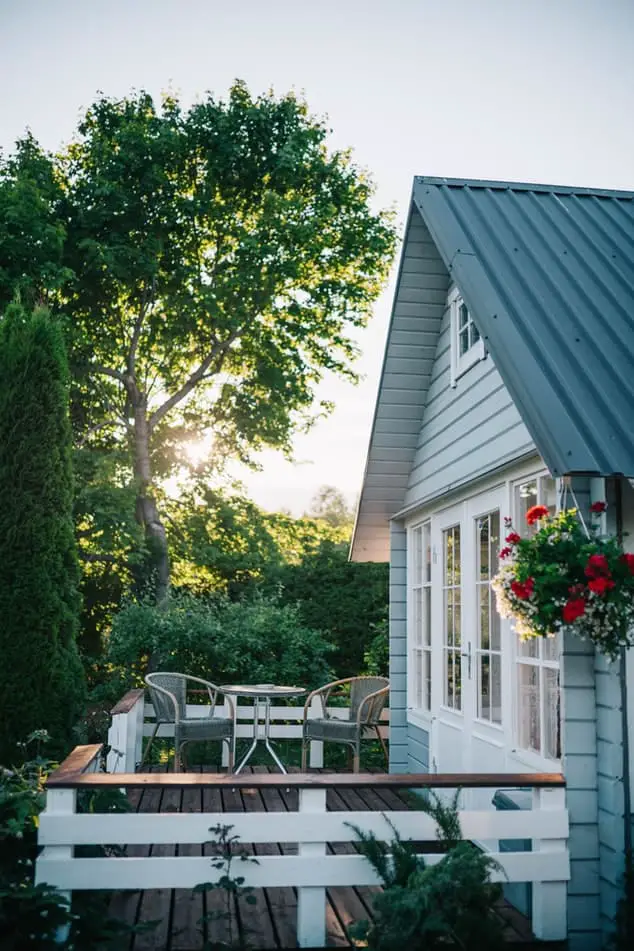
Changing Ways
Back in the old days, when everyone purchased plants from the local garden center or simply transplanted some plants from the neighbors’ property, climate zones weren’t an issue. But, today, you can order plants from sources all over the country with a click of your mouse (and a valid credit card, of course). So, when you are browsing the online marketplace for your next evergreen plant for your yard, please be sure to check out the hardiness zone.
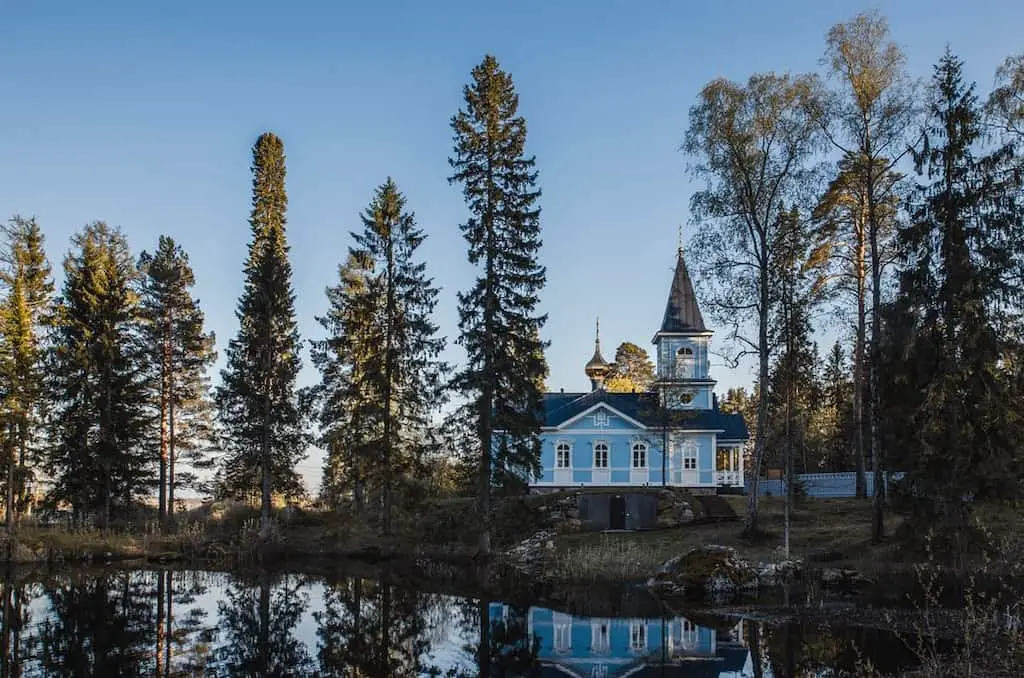
Evergreen Favorites:
When old man winter has turned your yard into a dull grey and white, you will undoubtedly welcome the site of your evergreen friends that are still putting on a show for you even during these cold and dreary months.
While there are many evergreens to choose from, below are some evergreen landscaping favorites to consider.
- Boxwood: These shrubs are perfect for evergreen landscaping in partly shady or sun-drenched gardens. They need minimal shaping and pruning if left on their own, but gardeners will often use them to form borders and hedges in their gardens. This is a versatile plant that can be kept small and tight through consistent and accurate pruning or allowed to grow large and lanky if left on its own. It is somewhat unique in the evergreen world because it has leaves rather than needles, and while they won’t survive all climates, boxwood do very well in many environments and stay green or mostly green year-round. Boxwood have long been a staple for the lovers of the formal English gardens with their intricate designs and perfectly sheared hedges.
- Golden Euonymus: Is there such a thing as ever golden? This vibrantly colored shrub will bring color and texture to your yard all year round with its beautiful, variegated leaves. It can endure extreme weather conditions such as scorching Sun rays and poor soil.
- Holly: This evergreen shrub is known for its stiff glossy leaves and is another example of an evergreen that has leaves and not needles. Most Holly prefer full sun, but some will tolerate a bit of shade and wet feet. Keep in mind that most Holly varieties will require both a male and female plant to bear fruit. Holly comes in many sizes and can also be used as a hedge.
- Junipers: The Juniper has long been a favorite evergreen shrub known for its variety of available textures, colors, and shapes. This shrub can grow large and wide or stay relatively compact and small, depending on the type you choose. You can purchase upright juniper that grow tall and wide, and you can buy creeping Juniper that crawls along the ground like a groundcover. It is an evergreen shrub with prickly needles and can be a favorite shrub for rabbits to hide under for the winter months. Upright Juniper can be used for hedging and as a windbreak similar to the Arbor Vitae listed below. It has the advantage of not being eaten by the deer due to its prickly needles.
- Arbor Vitae: This evergreen shrub comes in many shapes and sizes. Some tend to stay small and round, and others grow tall and wide. This plant does well if left alone but can also be sheared into manicured hedges if desired. This evergreen always prefers a sunny spot and has long been used to border gardens and yards. It can be a great wind block with its dense branches and flattened scale-like needles. Be warned; the Arbor Vitae is a favorite food for dear in the winter months when they can’t get to the grass under the snow. In the northern parts of the country, you will often see Arbor Vitae growing that are pruned up to just higher than a deer can reach due to their constant pruning all winter long.
- Pine: Pine trees come in many varieties, shapes, and sizes, but for the most part, they are all large trees and should be planted at the borders of your yard, never too close to your house. There are varieties such as the Mugo pine that stay a bit smaller, but most pines do not take too well to pruning and are best planted and left on their own. They can be grown in groups to form a windbreak or as a solo specimen tree. Much of the wood used to build your house comes from the pine tree, as it has long been grown as a fast-growing tree for the lumber industry.
- Spruce: These evergreen plants are often used as Christmas trees, and most will have that classic triangular Christmas tree shape. The needles are typically very hard and pointed, and the trees come in a variety of colors ranging from dark green to blue. These trees can also be a very effective windbreak and are often used on the border of a yard for privacy.
- Yew: The Yew is another great evergreen shrub. This is yet another variety that can be sheared to keep its shape; it can be planted in hedges or left on its own. It comes in many shapes and sizes and is usually fairly hardy. The Yew is one of the few evergreen shrubs that do well in the shade. While it won’t do well in full shade, if you have a spot that could use an evergreen, but it’s too shady for some of the before-mentioned evergreens, the Yew might be a perfect choice.
- Cypress: The Cypress is another evergreen that can be very large or very small, depending on the variety you choose. It looks very similar to Arborvitae at first glance, but it likes things a bit warmer and won’t grow well in the more Northern climates.
- Rhododendrons: While Rhododendrons are a favorite shrub due to their beautiful summertime flowers, they are also evergreens. The leaves will stay green all year, but since they are generally more sparsely branched and leaved, they do not provide as much winter interest as you might hope. Also, I have found them to be a bit finicky and hard to grow in the more Northern states.
- Hemlock: The Hemlock is yet another evergreen that will look very similar to a pine except for its drooping branches and softer, more flattened needles. The foliage on this plant is generally more delicate than some of the other evergreens on this list, so it isn’t well suited for screening or a windbreak; it is often used as an accent plant.
- Fir: These evergreen plants also come in a variety of shapes and sizes. Some of the largest can grow to 200 feet tall, while the more common types are often used in the Christmas tree industry and will grow to be about 60 feet tall.
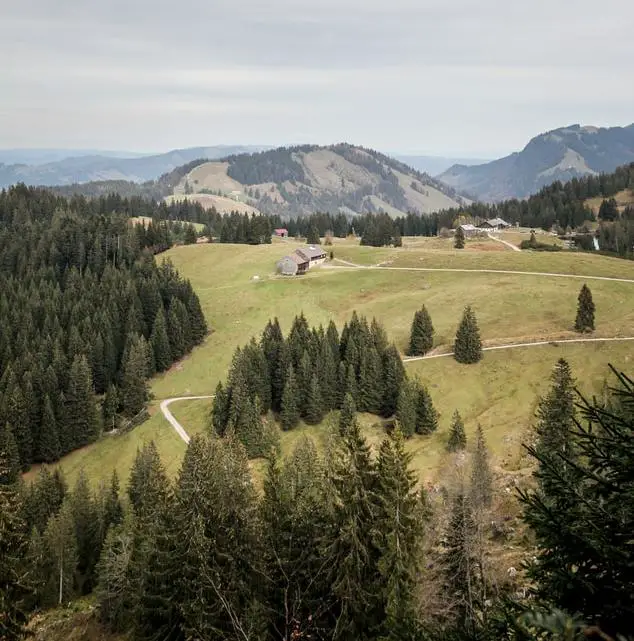
It’s All Relative
The evergreens listed above will remain evergreen in all but the absolute harshest climates. Remember, some places are so cold that they can’t grow anything but ice!
As you move to southern, warmer states, the overall year-round temperatures increase, and so do the number of plants that will remain evergreen. When you get down into the tropical climates, only the most delicate plants will die back and re-start. This is why you need to be so aggressive with your pruning shears if you live in the Southernmost states.
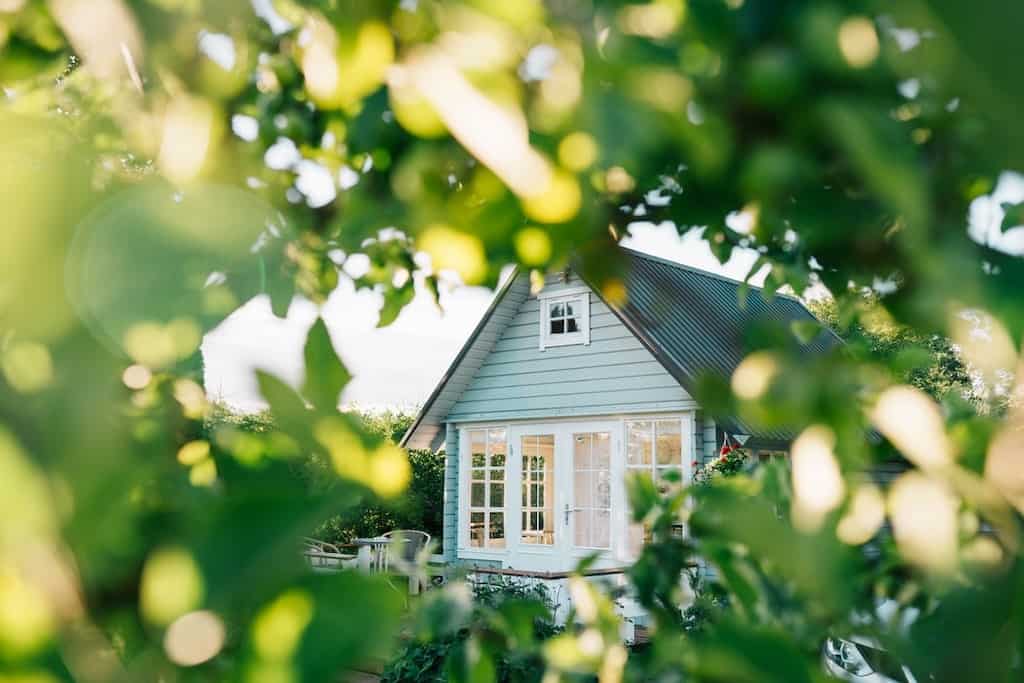
Advantages of Evergreen Landscaping
- Keeping the Curious Neighbors Away: Are you bothered about the prying eyes of your neighbors? Evergreen trees with a sturdy structure work well as a boundary to your outdoor space.
- Minimal Care: Evergreens typically require very little maintenance, and you don’t need to rake up the leaves.
- Help with your Cooling Bill: Tall evergreens can provide some nice dense shade. If they are planted on the South side of your house, they can help keep your roof cool, which will reduce your cooling bills.
- Help with your Heating Bill: Planting a hedgerow of dense evergreens on whichever side of your house the prevailing winds come from will help reduce your heating costs in the winter by blocking some of that harsh cold wind that you can feel sneaking in through your windows.
- Help your Hearing: What’s that you say? Sure, evergreen trees planted as a screen will also cut down on the noise coming into your yard. Plant a lovely hedge of evergreens along that busy roadway and cut down on the amount of traffic that you hear.
- Provide a Barrier: Not only will evergreens keep unwanted neighbors out, they can help to keep your children and pets in. Sure, they aren’t as much of a barrier as a security fence, but they do make a pretty good stopping point for kids on the run.
- Breath Freely: Because they are green all winter long, evergreen photosynthesize even in the winter!
- Welcome Some Delightful Guests: Evergreens provide much-needed habitat for many different critters over the winter. Birds and bunnies alike appreciate the evergreens’ ability to hide them from predators and protect them from the cold.
Overall, using evergreens in your landscape is a great way to balance your yard, give your yard some year-round interest, create a screen or windbreak, and add some different textures. The next time you consider adding a new plant to your landscape, why not make it an evergreen?

